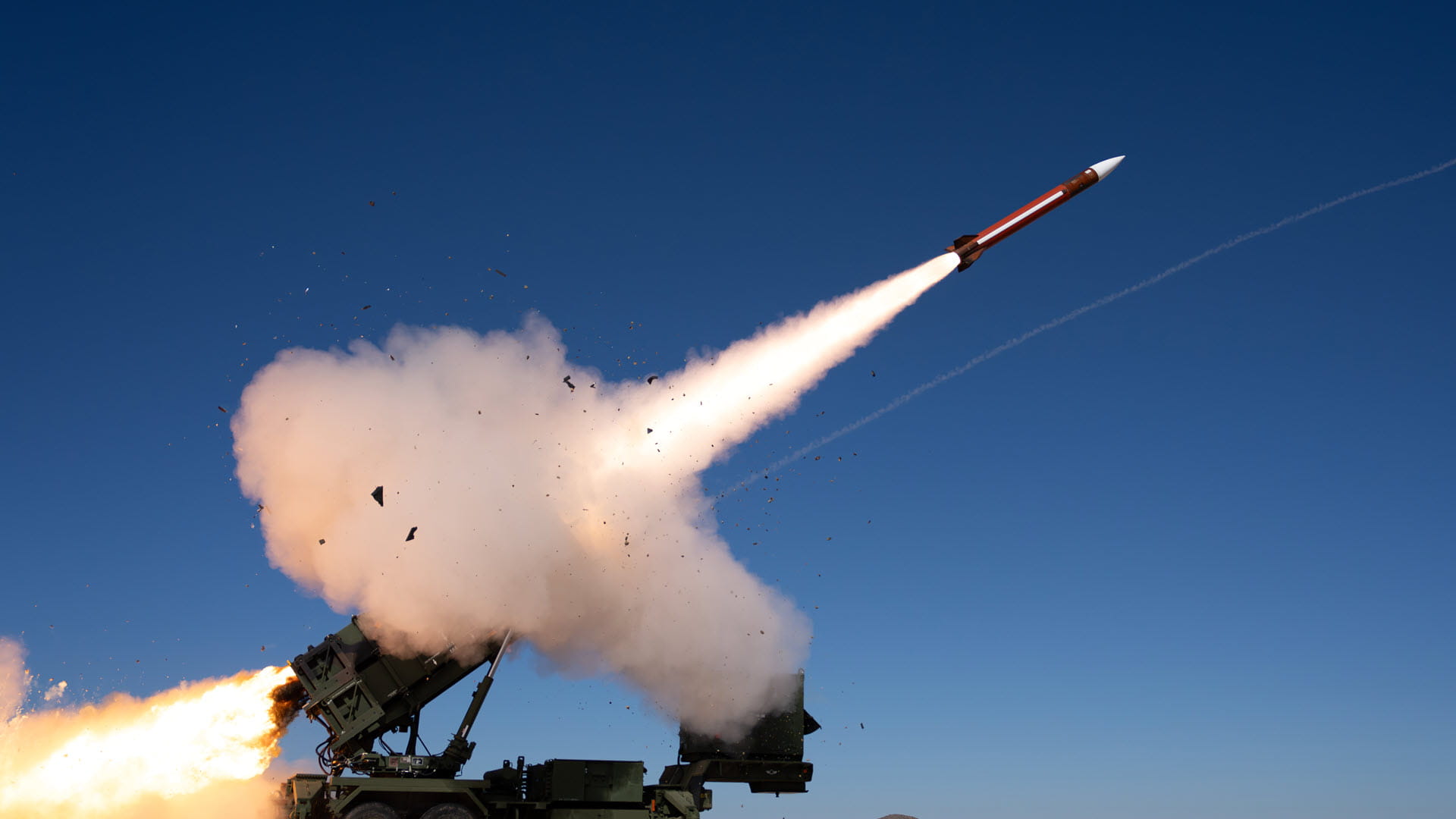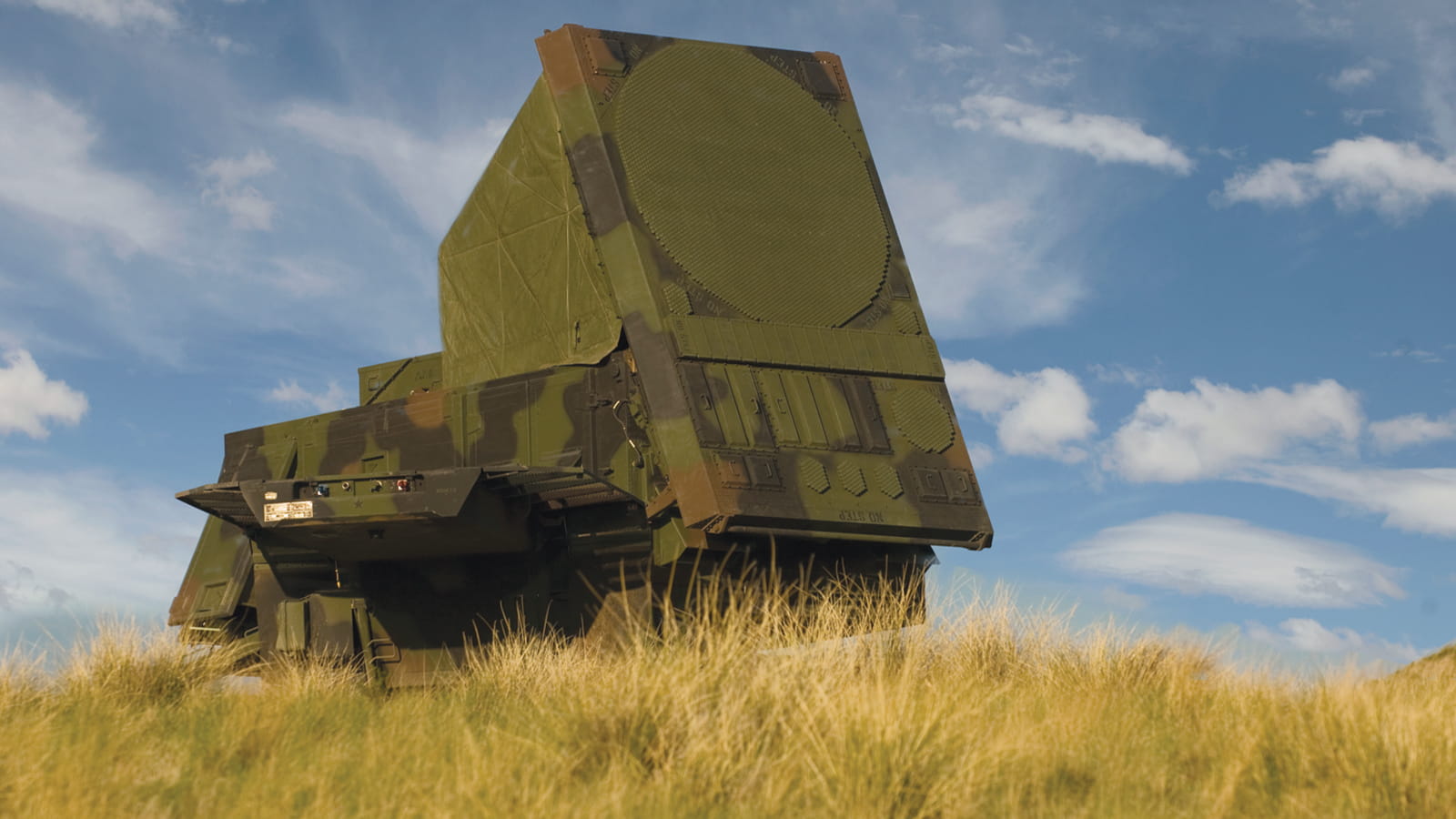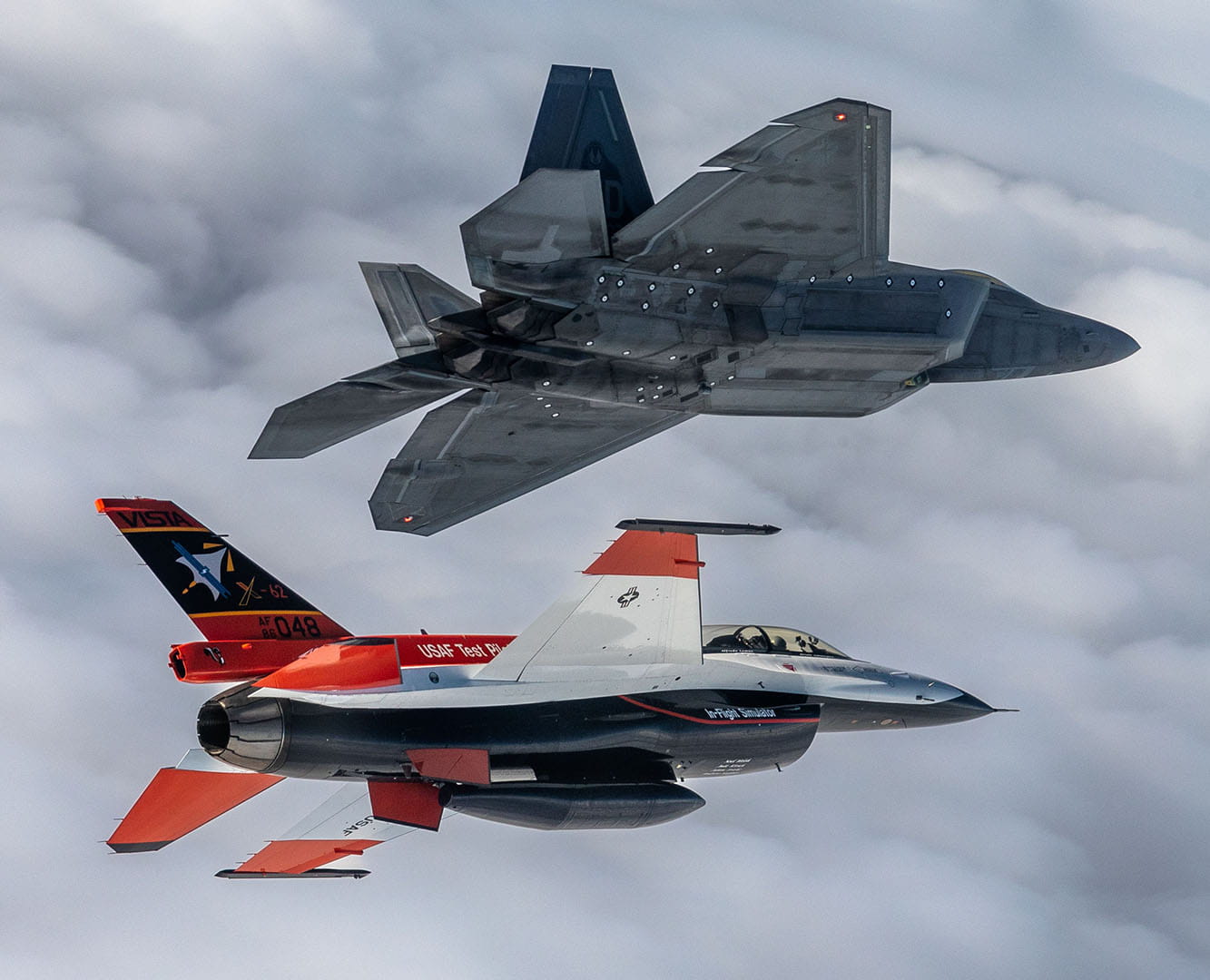A radar for any mission
With ‘software-defined aperture’ approach, a single array can do anything
It can scan the sky for drones. It can follow incoming ballistic missiles – even those flying at hypersonic speeds. It can talk to other sensors. It can cue a response to a threat.
And it can do all that at the same time. With a single array.
RTX is redefining the radar with what’s known as the “software-defined aperture,” making single arrays far more capable and flexible through secure software upgrades. The digital transformation in radar development offers benefits in every domain – land, sea, air, space and cyberspace.
Leading the effort is Raytheon's Advanced Technology group, an elite team of scientists who are pushing ahead in areas including multi-mission sensors, microelectronics and directed energy.
“It’s so much more than a traditional radar,” said Colin Whelan, president of Advanced Technology at Raytheon, an RTX business. “Think of all the intelligent things a camera aperture is now able to do on the cheapest of smartphones. It is only limited by the visible light spectrum and the software.”
Like smartphones, software-defined apertures perform multiple tasks at once. Only they’re doing much more computer-intensive work than playing music or running a video chat.
Just as those phones and their apps benefit from regular software updates, RTX's software-defined apertures get smarter every day through cyber-hardened software upgrades. This goes well beyond security patches. Operators can literally wake up to new capabilities that are ready for deployment.
Testing is already underway on the company’s first experimental sensor. The Office of Naval Research has installed the Flexible Distributed Array Radar, or FlexDAR, at the Naval Research Laboratory's Chesapeake Bay Detachment in Maryland, and the NASA Wallops Flight Facility in Virginia.
FlexDAR is a digital testbed that was co-developed in close collaboration with the Naval Research Laboratory. FlexDAR has two advanced phased array radars equipped with digital beam forming, communications and network-linked, distributed radar tracking. It will be used to test new capabilities that will eventually be deployed on other radars built by Raytheon.
“FlexDAR is a new apex in phased array radar system development,” Whelan said. “It will improve military communications and deliver on our vision for a multi-mission radar.”
Self-aware in any environment
Intelligent sensors like FlexDAR adapt as the battlespace evolves. They collect data on the physical, electromagnetic and environmental conditions around them, and can adapt to changing environments without operator intervention.
“We’re using 21st-century innovations to deliver advanced, secure sensors to customers faster than ever before,” said Wes Kremer, president of Raytheon. “The days of hardware-limited and single-use radars are long gone. We are looking to employ this kind of capability across the business.”
Next-gen GaN for power and speed
Software-defined apertures need power and efficiency – and lots of it. That’s what makes Raytheon’s military-grade foundry for gallium nitride a discriminator. Also called GaN, it offers maximum power in a small package, and it’s the backbone of their most advanced sensors.
“We create the building blocks of every chip and write reusable code that gives our systems an advantage on land, at sea and overhead,” Whelan said.
The company was among the first to mature and infuse GaN tech into U.S. Department of Defense systems. Now, it is delivering the next generation of GaN that will provide even better performance and reliability in compact radar circuits.
“We’re leveraging our decades of experience to perfect every facet of sensor manufacturing and deliver a product that is ready on day one – and even more powerful decades later,” Whelan said.




